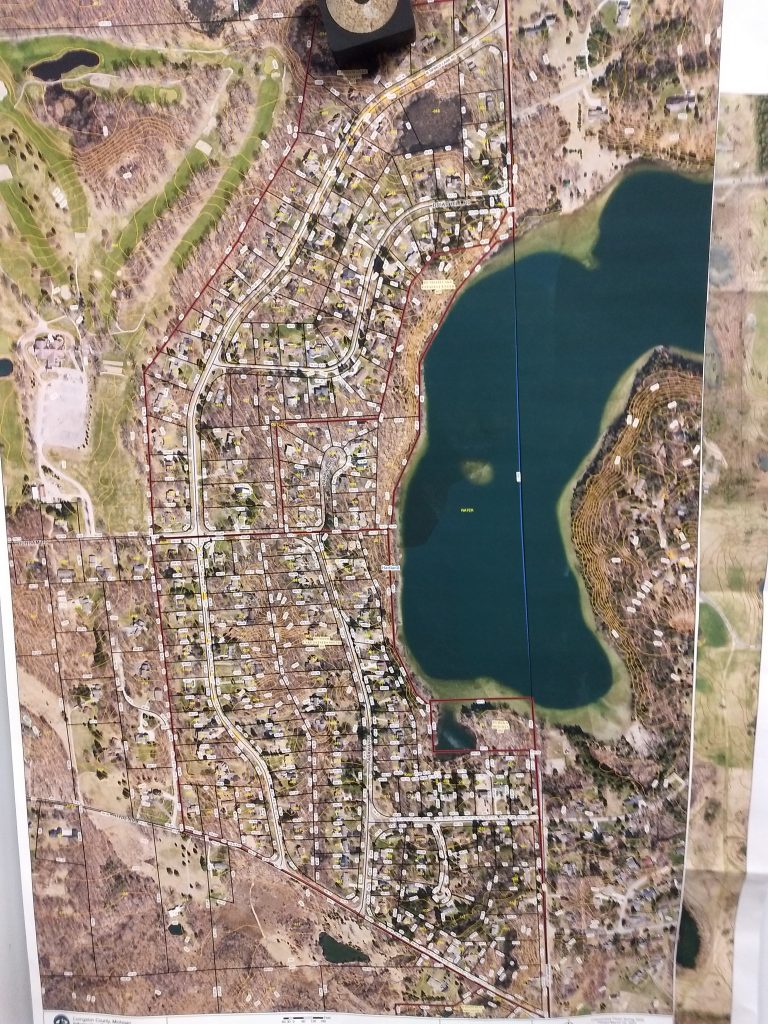2020 Water & Fish Study – Highlights from findings & corresponding discussion:
Dunham Lake is a mesotrophic, pristine lake that still apparently has a small population of lake herring, which is shared by fewer than another 153 lakes in Michigan … The fish population is diverse (13 species collected) with a good balance of top predators and prey fishes. Two interesting observations were made when diets were examined: first, we found Hexagenia the large mayfly of AuSable fame present in the stomachs of smallmouth bass and bluegills. Hexagenia is another bellwether, like lake herring, of pristine conditions and is excellent fish food. They require adequate dissolved oxygen on the bottom year round and live in U-shaped tubes in the sediment. In addition, we found stoneflies, mayflies, and other caddisflies in the diets, which is another indication of the high water quality of the lake.
Source: A Water Quality Survey of Dunham Lake, 2019 Including 2018 Data and Recommendations; David J. Jude, Ph.D., Limnologist, Fishery Biologist; 7 May 2020
October 2021 Update:
- Do what we can to minimize runoff of any kind into the lake
- Educate residents to stop or minimize fertilizer use
- Educate people to understand the signs of failed septic systems
- Pump septic tanks at least every 2 – 3 years
- Possible treatment with alum to stop the deterioration until permanent actions can be implemented
- ???
Testing & Results:
Various testing has, and continues to be, conducted on the quality of water from different sources that flow INTO the lake. Results from key findings are posted below. More information will be posted as it is available.
- Discharge at Murray Hill & Plover (05/15/2019); RESULT: Good; none detected
- Discharge at Briar Hill at north gate entrance (06/04/2021); RESULT: phosphorus continues to be high and we are continuing to investigate for the sources. Any help to locate these sources would be appreciated.
- Discharge at 2943 Parkplace (06/04/2021); RESULT: phosphorus continues to be high and we are continuing to investigate for the sources. Any help to locate these sources would be appreciated
- Discharge at Bailey drain off Parkway Ct (06/04/2021); RESULT: phosphorus continues to be high and we are continuing to investigate for the sources. Any help to locate these sources would be appreciated
Action Plan:
- Education to residents on steps individuals can take to address water quality (Mailed Oct 2020; included in 2021 Laker; discussed at 2021 Annual DLPOA Board Meeting)
- Provide updates as they are available (see October 2021 update above)
- Ongoing water studies (see here for previous results)
- Native grass plantings (2nd planting completed in May 2021)
- Native tree plantings (seedlings potted in May 2021; Fall planting scheduled for Nov 2021; remaining planting scheduled for 2022)
- Continued identification and testing of inputs (see Testing & Results section of this page)
- Research into other mediation measures in partnership with State, County and industry experts (state visit in Apr 2021; expert consultant, Dr. Jude, input is continuous)
- Additional research
